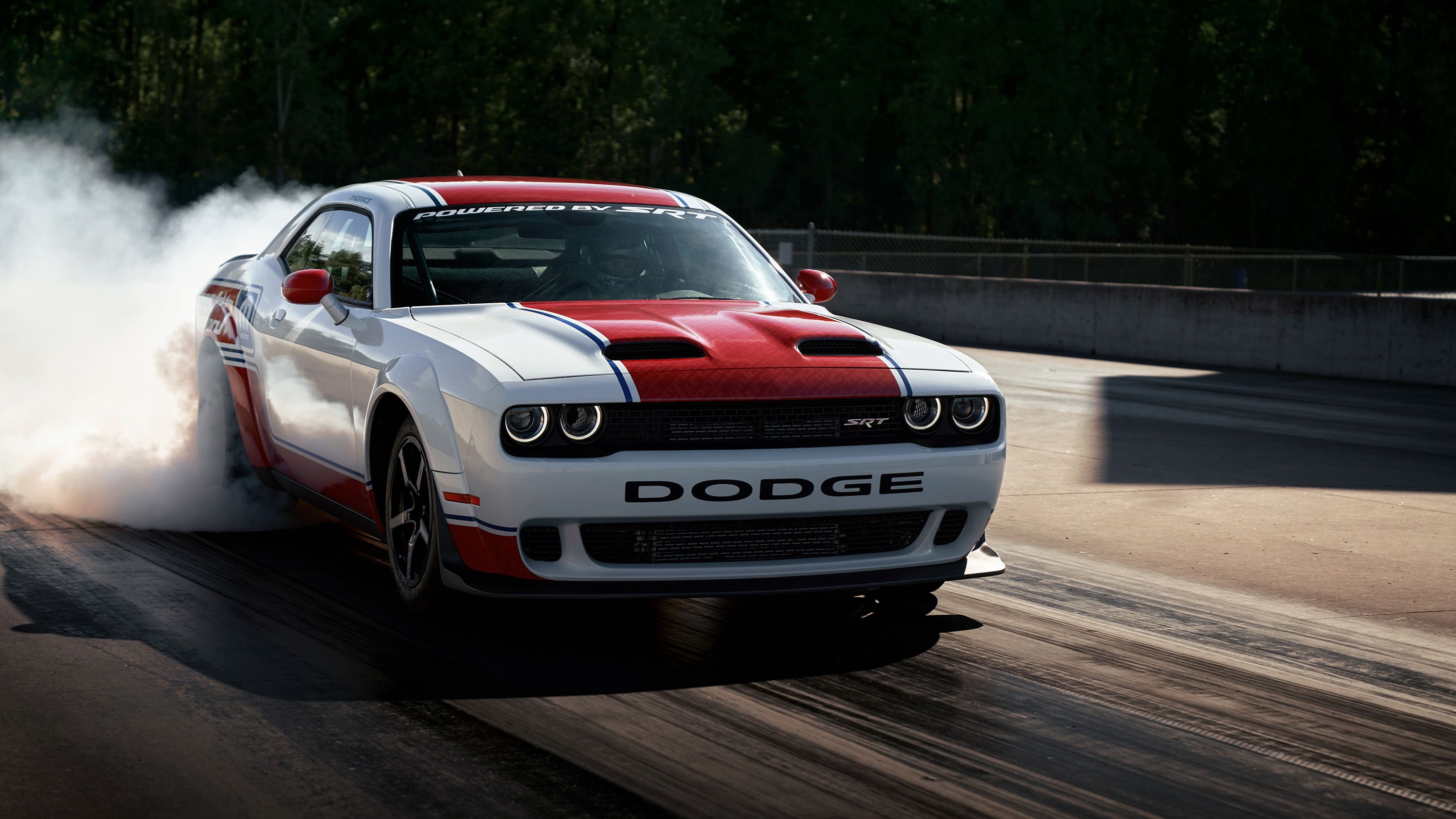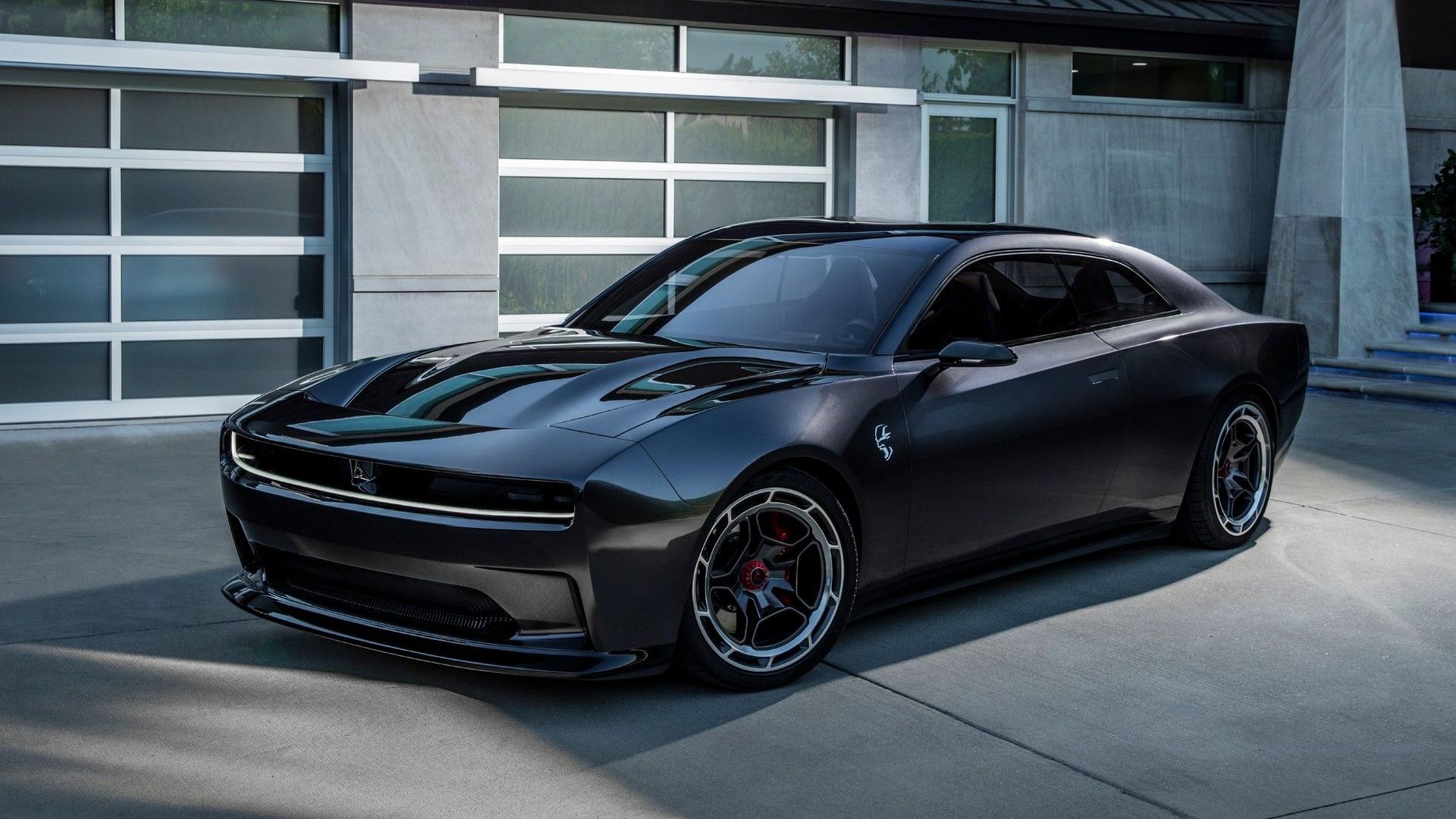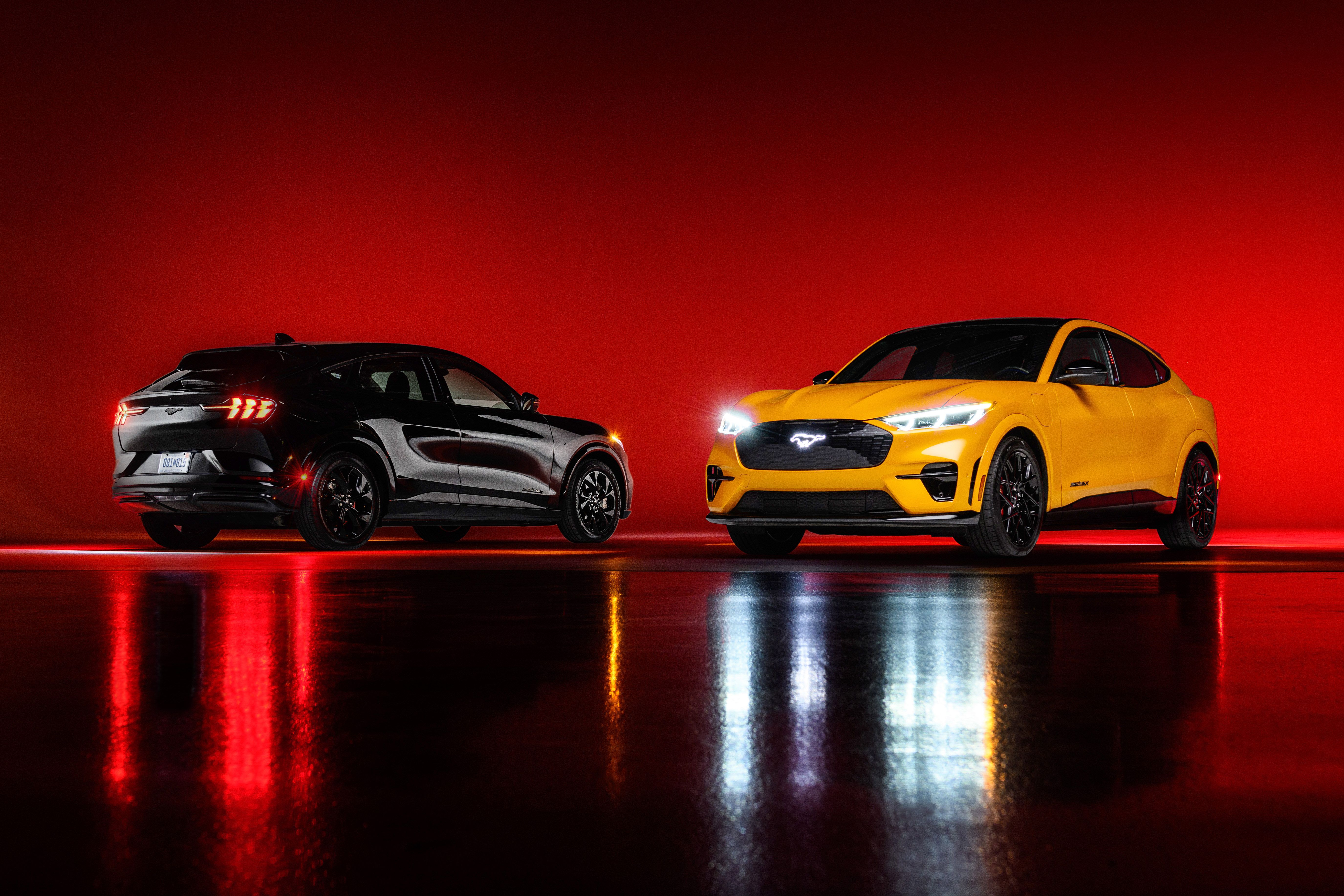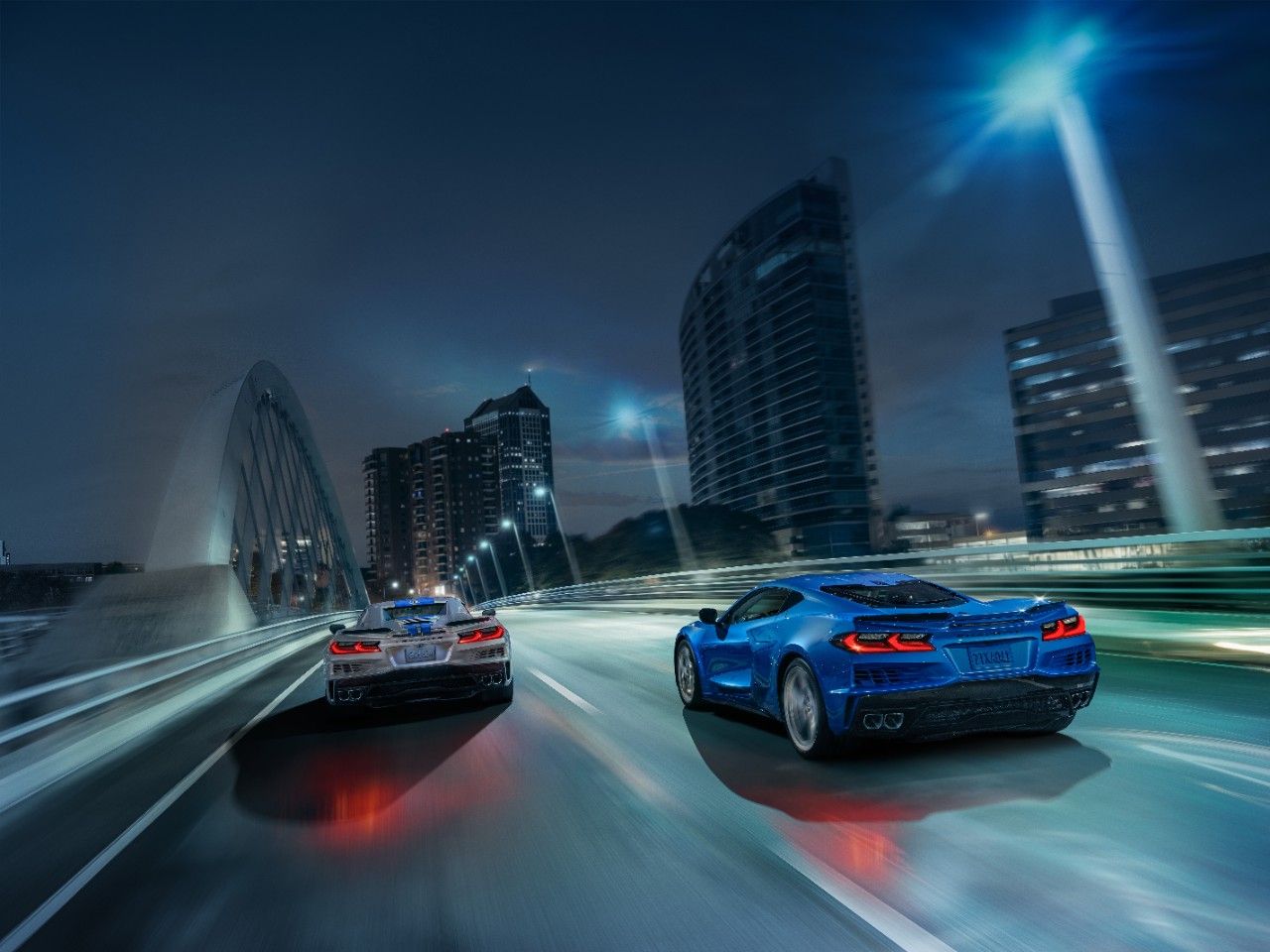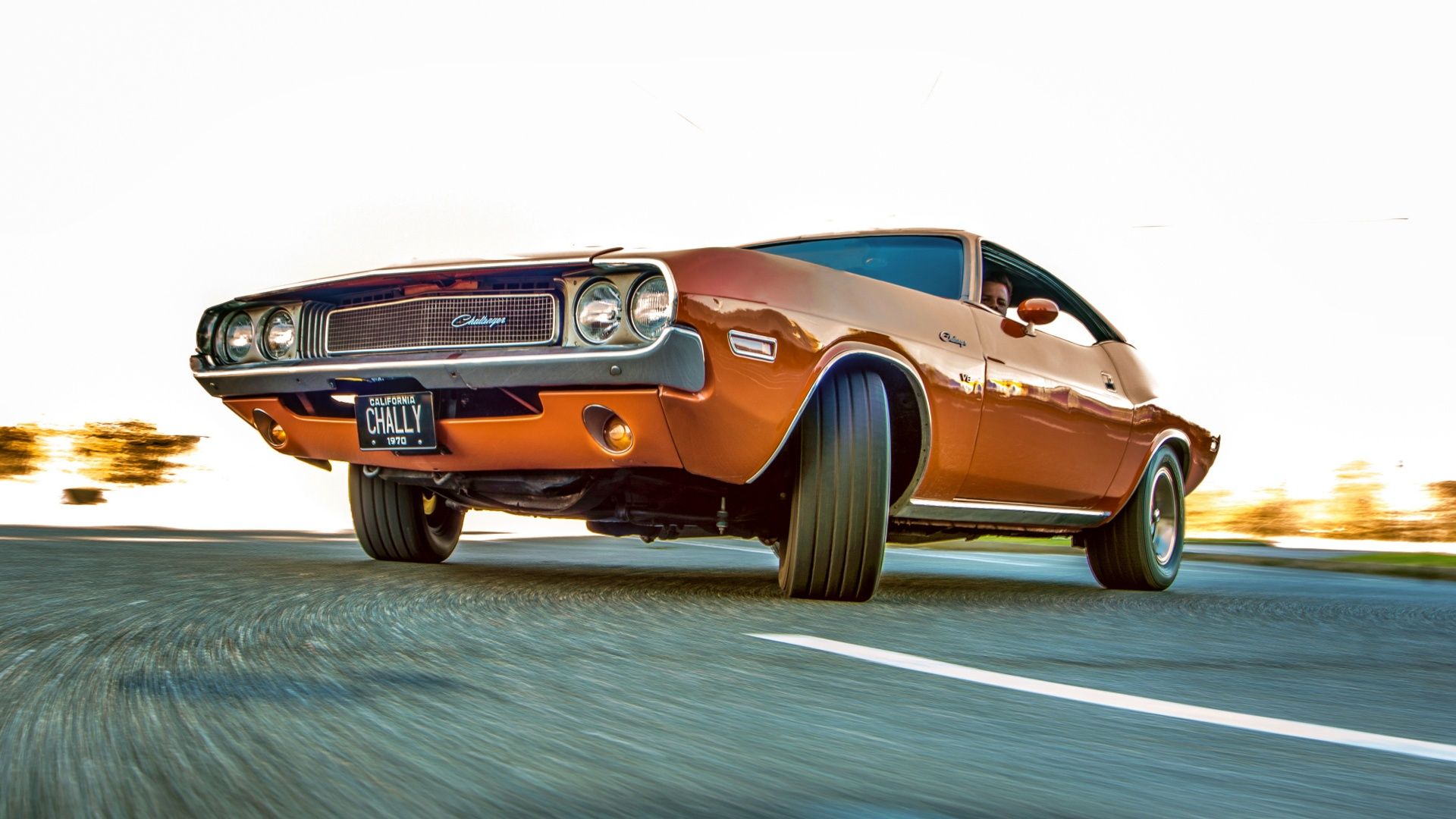American Muscle cars are in a category of their own. The segment, born in the 1960s, was instrumental in motorizing the youth of America with a need for speed, effectively giving birth to an entire automotive culture. Unfortunately, two things that are seemingly mutually exclusive are Muscle cars and sustainability. With the latter being strongly emphasized over the last few years, an increasing amount of car companies are being forced to give up on large-displacement engines in favor of downsized ones, often coupled with electric assistance. While Dodge and its Charger Daytona proved that Muscle cars could live on in the EV era, things aren’t looking good on the whole. This begs the question, is there hope for Muscle cars as we know them to survive, or are they destined to “evolve” into something else?
Dodge Charger EV — The Obvious Way Forward For American Muscle Cars
Electricity and muscle are, typically, two mutually-exclusive words in the automotive world, but Dodge showed us it’s possible. Whether hardcore fans of the Challenger, Charger, and Viper would accept it or not is almost academic, but the first e-Muscle car is here, and it’s a MOPAR with neo-retro styling. The Ford Mustang took a slightly different turn by branching out with models like the Mach-E – an all-electric SUV model that shares many of the regular Mustang’s design cues.
Branching Out With The Ford Mach E
Many carmakers currently have an internal-combustion lineup and an EV lineup. The Porsche Taycan, which at the time of writing is the most-sold performance EV, is the all-electric equivalent to the ICE-powered Panamera. The Mercedes EQS Sedan is the EV analog to the S-Class and so on. When it comes to the big three American car companies, it seems Ford has done the most prudent thing. With regard to the Mustang name, the brand hasn’t put all its eggs in one basket, meaning we are still getting at least one more generation of the Mustang as an ICE-powered coupe and convertible.
While Dodge already showed us what it has in store for the Challenger nameplate with the Daytona EV, we recently talked about how the Challenger will remain combustion-powered. We have been getting various bits of information regarding the future of Dodge’s combustion-powered Muscle cars over the last few months. Given Tim Kuniskis’ statement from a few months ago that the “Challenger and Charger, as we know them, will go extinct”, and the use of the STLA Large platform, it seems the next-generation Challenger will be a lot more athletic and a true competitor to the Mustang and Camaro.
Chevrolet — Hybridization Across The Board
We can’t talk Mustang, Challenger, and Charger without mentioning the Camaro. Chevrolet’s Pony and Muscle car offerings will cease to exist in their current form after the 2023 model year. There have been talks about a four-door Chevrolet Camaro EV coming out between 2024 and 2025, together with an EV version of the Cadillac Escalade.
While not yet confirmed, the future electric models of the big three could be offered under different names. We have already seen the Fratzog logo on the Dodge Charger Daytona EV, which first appeared in 1962 and was used on select Dodge models until 1975. Meanwhile, the upcoming, all-electric C8 Corvette will reportedly be named Zora in commemoration of the “Father of the Corvette.”
A trend we have been observing with high-performance vehicles over the last decade is hybridization. Cars like the McLaren P1, and LaFerrari started it by integrating electric motors into an ICE-powered car, not as a means to reduce the effect of combustion engines but to boost performance. This trend dripped down from the hypercar segment to the supercar and sports car segments with cars like the 2016 Acura NSX, McLaren Artura, and Ferrari 296 GTB to name a few. Even models with a long tradition, such as the Porsche 911, are about to go hybrid by 2024, along with the R36 Nissan GT-R. Of course, the most recent example is the 2024 Chevrolet Corvette E-Ray, which is the first hybrid Corvette as well as the first one to feature all-wheel drive.
The pattern is obvious, and even Muscle cars won’t be exempt from that for much longer. Last year, a Ford engineer involved in the development of the S650 Mustang shed light on documents revealing plans to hybridize the Coyote 5.0-liter V-8 and 2.3-liter EcoBoost engines. As it turned out, the 2023 Mustang is not a hybrid, but all signs point towards this happening sometime in the near future, possibly as a mid-cycle refresh.
Dodge’s future, ICE-powered “Muscle car” will also not rely on a V-8 engine since production of the now-aging Challenger and Charger ends in December 2023 along with the V-8 Hemi engines. Chrysler’s Global Medium Engine, known as the Hurricane straight-six, already promises great performance and is featured in hybrid applications. The Jeep Wagoneer and Grand Wagoneer can already be had with this engine, with up to 510 horsepower and 500 pound-feet (678 Nm), and more powerful crate-engine options will soon be available from Dodge’s Direct Connection performance program.
Classic Muscle Cars Aren’t Spared Either
The notion of finding a barn-find and restoring it either to original OEM-plus specs or rest o-modding it is an appealing one to many petrol heads. While there are, indeed, many examples of the aforementioned categories, electro-modding is a more recent trend that has picked up pace in a short time span. It is essentially, rest o-modding a classic Muscle (or any classic for that matter), but swapping out the original powerplant for an all-electric drivetrain, more often than not, from a Tesla. A nightmare to purists but a welcome alternative to others. In essence, Muscle cars are subject to the same changes in the automotive industry as other models, most notably downsizing and electrification. We are entering an era of (mostly) silent burnouts unless hydrogen saves the day.

